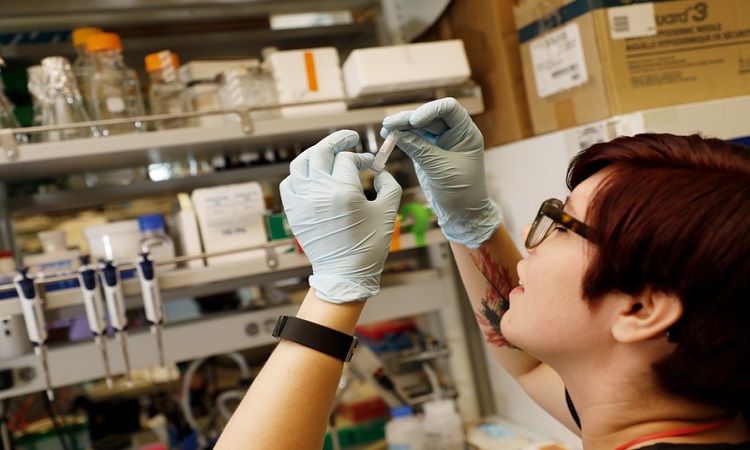Researchers at the Massachusetts Institute of Technology (MIT) developed new software based on artificial intelligence (AI) capable of reconstructing structures and movements in a protein image. By means of electron cryomicroscopy combined with machine learning (ML), scientists produce three-dimensional images, which can observe in detail the structures of the protein. Furthermore, this technological innovation is already in use by experts to study the spike protein of the SARS-CoV-2 virus responsible for the Covid-19 pandemic.
Published in the journal Nature Methods, MIT researchers detailed that the electron cryomicroscopy technique to observe proteins in an image was added a machine learning algorithm. The task of this algorithm focuses on identifying the multiple structures that a protein can have. This new “neural network architecture” allows to efficiently visualize the complete model of a protein, instead of using the traditional representation of the protein structure.
Ellen Zhong, a graduate of MIT and lead author of the study, notes, With the broad power of representation of neural networks, structural information can be extracted from noisy images. In addition, the combination of cryomicroscopy and ML can “visualize detailed movements of macromolecular machines,” she added.
For his part, Joseph Davis, assistant professor for career development at Whitehead in the Department of Biology at MIT, indicated that ML helps to capture the image more clearly. Machine learning “allows us to inspect the variety of structural states present in a sample,” he explained.
The researchers demonstrated the usefulness of these technological advances by analyzing the structure that forms during the ribosome assembly process. These cellular organelles are responsible for reading messenger RNA and translating it into proteins, which is important for the development of new treatments and vaccines against viruses such as SARS-CoV-2.
Likewise, the team of scientists assured that this technique is already being used to study the spike protein of Covid-19; viral protein that binds to human cells and then enters them. The researchers detail, the dominant receptor binding (RUD) of this protein has three subunits, which can point either up or down randomly.
With the new software, Zhong and her team will be able to closely observe the behavior of the RUDs and later force them to point up or down. This, in order to experiment with proteins and thus obtain information for the preparation of medicines in the future.
Joseph Davis is confident that the new technique of observing proteins can provide all kinds of details about the behavior of viruses and diseases. This advancement in software allows scientists to have a better understanding of the structure of proteins and therefore how they behave.




